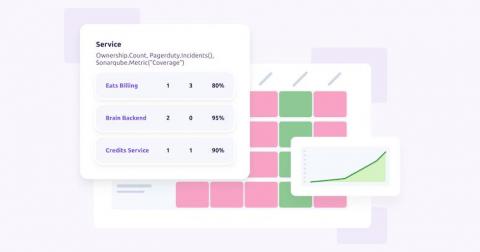Trends and Updates From 2022, Looking Forward to 2023
The weather’s getting colder, the days are getting shorter, and we’re looking back on a year of change and growth with gratitude in our hearts. As we get ready for the new year, we wanted to share some of the ways in which we saw users expand what’s possible with Cortex in 2022, and highlight some of our favorite new features.







